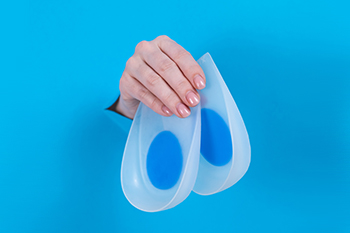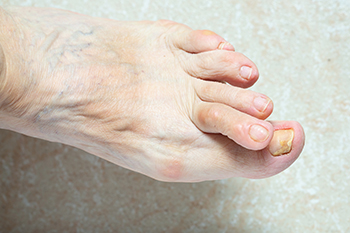
Rheumatoid arthritis, abbreviated RA, is an autoimmune disorder that can have debilitating effects on various joints, including the feet. This chronic condition occurs when the immune system mistakenly attacks the synovium, the lining of the membranes surrounding the joints, leading to inflammation, pain, and joint damage. When it comes to the feet, RA can manifest in several ways. One common symptom is joint stiffness, particularly in the morning, making it challenging to move the toes and ankles comfortably. Painful and swollen joints, often in the toes and forefoot, are another sign. As RA progresses, it can lead to the development of bunions, hammertoes, and other deformities in the foot's structure. It can also damage the ligaments and tendons that support the feet, leading to instability and difficulty walking. While there is no cure for RA, early diagnosis and comprehensive management can help mitigate its effect on the feet and improve the overall quality of life. A combination of medications, lifestyle modifications, and orthotic devices can help to offer relief and support to keep individuals with RA on their feet and moving comfortably. If you have rheumatoid arthritis, it is suggested that you are under the care of a chiropodist who can help you to manage this condition.
Rheumatoid arthritis (RA) is an autoimmune disorder in which the body’s immune system attacks its own otherwise healthy joint lining or synovium. While RA can affect any joint in the body, it often affects the small joints of the feet and the ankle joint. If you’re dealing with RA in your lower limbs, please consult with one of the specialists from Thornhill Foot Clinic. Our chiropodists can help you maintain the health of your lower limbs and your mobility.
Symptoms of RA primarily affect the joints of the feet and may include:
Pain
Swelling
Stiffness
Redness
Warmth
Difficulty walking
Gait changes
Bunions
Hammertoes
Treatment
While there is no cure for RA, your chiropodist can help you manage the health of your feet and maintain your mobility while living with this condition. Possible treatments include wearing orthotics, doing foot and ankle exercises, resting the feet, taking anti-inflammatory medications, getting steroid injections, and wearing braces for foot and ankle pain. In advanced cases of RA, joint replacement surgery may be helpful for mobility. Bunions, hammertoes, and other deformities can be corrected with surgery as well.
If you have RA, please feel free to contact our office located in . We offer the newest diagnostic and treatment technologies for all your foot care needs.




